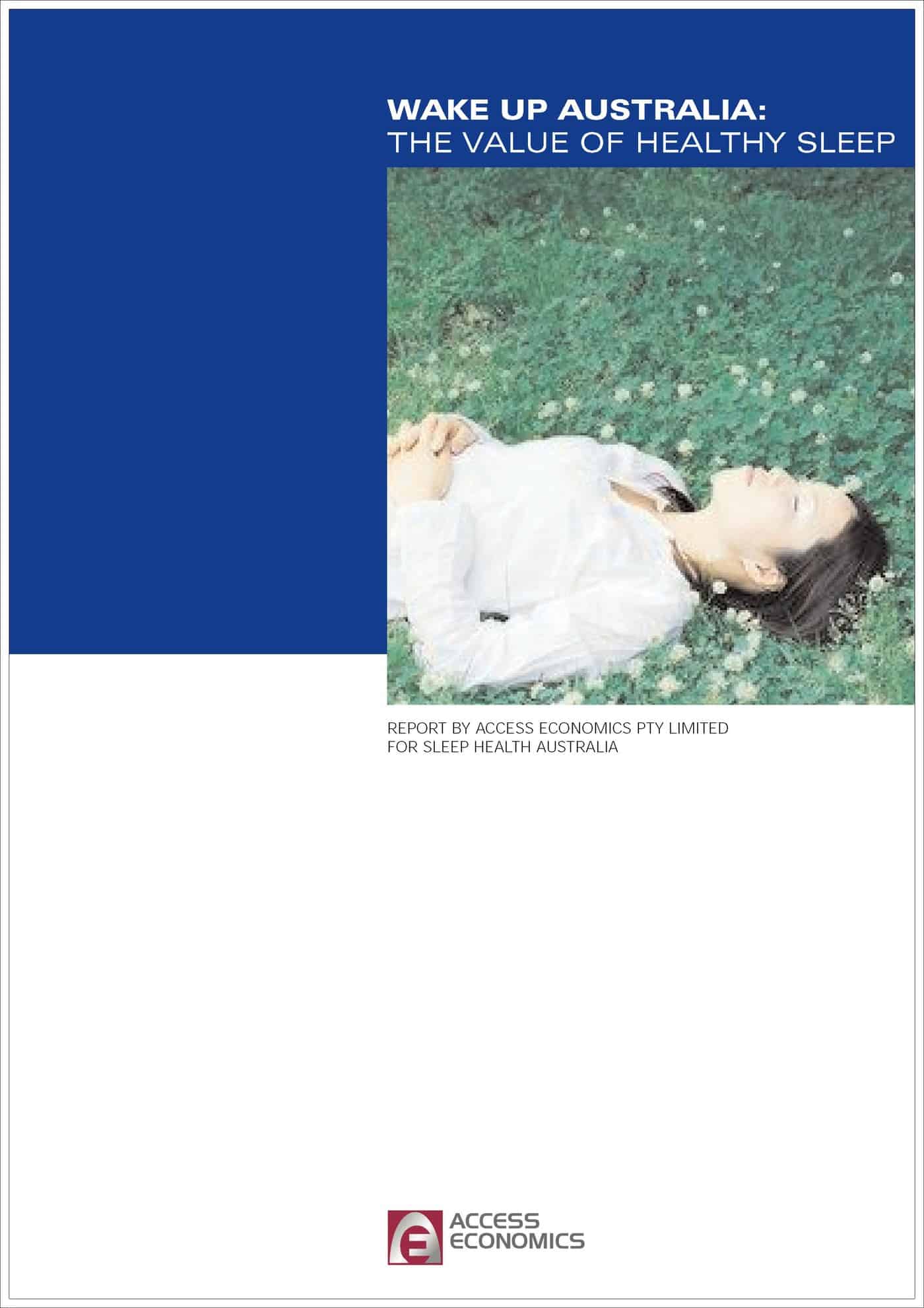New South Wales Workcover has released its statistics for 2007/08 on workplace fatalities, injuries and diseases. Statistics are popular posts in SafetyAtWorkBlog and it is recommended that the full report be downloaded.
 Statistical incompatibilities continue between Australian States so the NSW statistics should be kept within that State however the report says
Statistical incompatibilities continue between Australian States so the NSW statistics should be kept within that State however the report says
A total of 109,835 workplace injuries were reported in 2007/08, a reduction of less than one per cent from 110,160 in 2006/07 and a two per cent reduction in the incidence rate of 37.4 per 1,000 workers in 2006/07 to 36.5 in 2007/08.
Any reduction is good news but over the long term, the government initiatives may be failing. A couple of aims of the National OHS Strategy 2002-2012, to which NSW is committed, are:
- to sustain a significant, continual reduction in the incidents of work-related fatalities with a reduction of at least 20 per cent by 30 June 2012 (with a reduction of 10 per cent being achieved by 30 June 2007), and
- to reduce the incidence of workplace injury by at least 40 per cent by 30 June 2012 (with a reduction of 20 per cent being achieved by 30 June 2007).
 According to WorkCover’s Annual Report for 2002/03 the incidence rate “remained steady in 2001/02 at 20.3”. But the statistical report quoted above says the incidence rate is 36.5 in 2007/08. Clearly the incidence rate has increased by 16.2 over this period.
According to WorkCover’s Annual Report for 2002/03 the incidence rate “remained steady in 2001/02 at 20.3”. But the statistical report quoted above says the incidence rate is 36.5 in 2007/08. Clearly the incidence rate has increased by 16.2 over this period.
SafetyAtWorkBlog is, sadly in this case, written principally by an Arts graduate whose grasp of statistics has been illustrated before. But it seems curious that a percentage reduction is being applied to a non-percentage benchmark that is
“the number of injuries per 1,000 employees working in New South Wales”.
There is a lot of room for statistical wriggling in this definition.
SafetyAtWorkBlog is researching more statistical data on the National OHS Strategy to see who is going to meet the target and what will be done by those who do not.
But then again, the world is ending in 2012 which equates to good planning on the government’s part. Non-achievement of OHS targets? Who cares, it’s armageddon anyway.

 The policy has been allowed to fade from the books of most of the Australian left-wing parties but for a while, corporate manslaughter was THE issue. In fact over the last 10 years, it has been the only time that directors and CEOs from thousands of companies have paid serious attention to safety management.
The policy has been allowed to fade from the books of most of the Australian left-wing parties but for a while, corporate manslaughter was THE issue. In fact over the last 10 years, it has been the only time that directors and CEOs from thousands of companies have paid serious attention to safety management.

